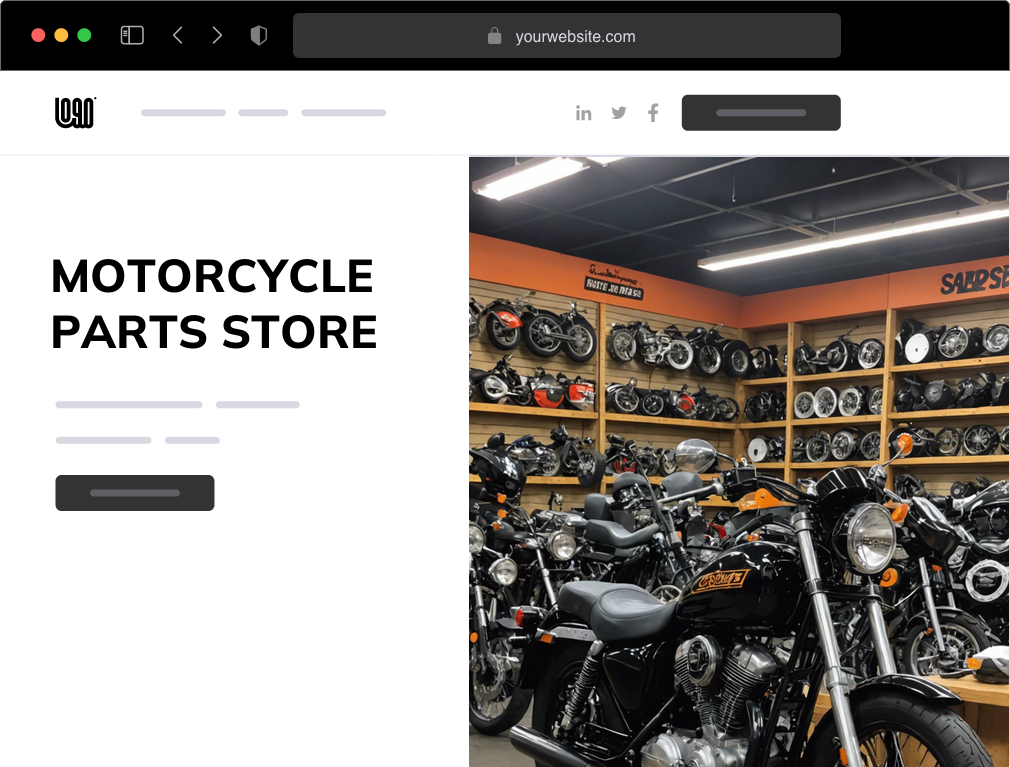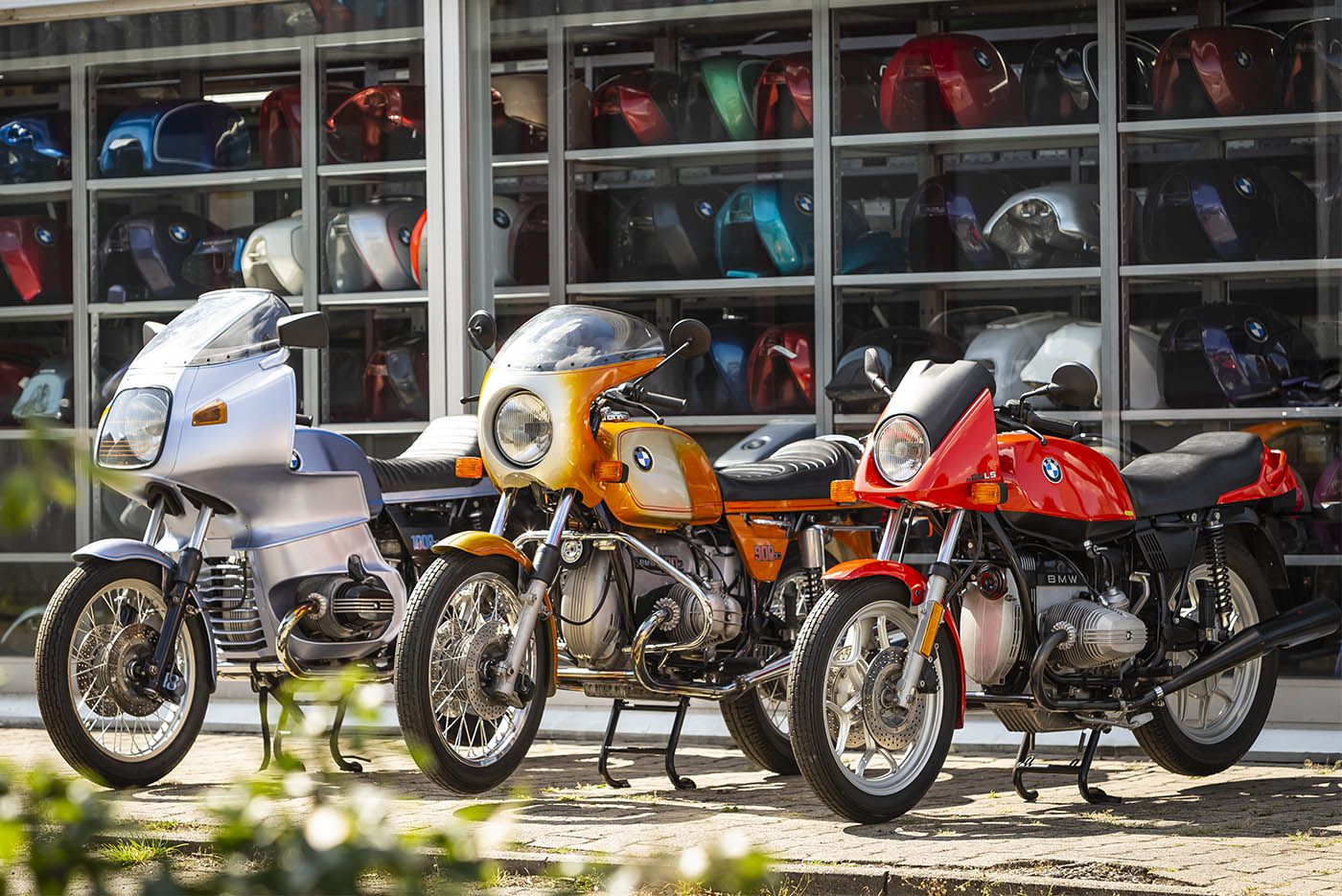Discover Quality Moto Parts NZ for All Your Motorcycle Demands
Discover Quality Moto Parts NZ for All Your Motorcycle Demands
Blog Article
Recognizing the Crucial Parts of a Bike: A Comprehensive Overview for Fanatics
For motorcycle fanatics looking to boost their riding experience and ensure their bikes run smoothly, understanding the necessary components of a motorbike is critical. Each aspect, from the engine's intricate workings to the crucial role of the stopping mechanisms, not only impacts efficiency but additionally safety and security and comfort. This guide will go through the fundamental components that every biker ought to know with, enabling informed selections in both maintenance and potential upgrades. As we start this expedition, one must ask: just how does each part engage to produce the seamless experience every fanatic looks for?
Engine Elements

The camshaft plays a critical function in regulating the timing of the engine's shutoffs, ensuring the accurate opening and closing essential for efficient fuel and air intake, in addition to exhaust expulsion. This timing is essential to maintaining ideal engine performance and effectiveness. Additionally, the carburetor or fuel shot system, depending upon the motorbike version, is accountable for mixing air with fuel in the right proportion for burning.
The air conditioning system, either air or liquid-based, functions to preserve the engine's temperature within operational limits, avoiding overheating and making certain longevity - motorcycle shop. Each component, meticulously created and incorporated, adds to the seamless procedure of the engine, specifying the motorcycle's power output and total efficiency
Transmission System
Important to the bike's capability, the transmission system makes certain reliable power transfer from the engine to the wheels. This system comprises several vital components, consisting of the clutch, gearbox, and last drive, each playing a crucial function in translating the engine's power right into movement. The clutch, typically run by a hand bar, offers to engage and disengage the engine from the transmission, enabling smooth gear changes and controlled acceleration.
The transmission, usually referred to as the transmission appropriate, consists of a set of equipments that motorcyclists can by hand change with to adjust the bike's speed and torque outcome. These gears are organized in a series that makes it possible for the motorbike to speed up smoothly and preserve optimum engine performance across numerous rates. A lot of motorcycles make use of a consecutive gearbox, calling for the motorcyclist to change gears in an established order.
Braking Devices
While comprehending the transmission system is key to harnessing a bike's power, equally vital is the ability to regulate and stop that power efficiently, which is where stopping mechanisms come right into play. Brakes are vital for safety and efficiency, giving the rider with the essential control to navigate various surfaces and problems. Normally, bikes feature two kinds of stopping systems: disc brakes and drum brakes.
Disc brakes are more common in modern-day bikes as a result click for more of their remarkable efficiency. They contain a brake disc, caliper, and pads. When activated, the caliper presses the brake pads against the spinning disc, transforming kinetic power into warmth, thereby slowing the wheel. This system uses much better warmth dissipation, consistent performance, and enhanced stopping power, particularly in damp problems.
Conversely, drum brakes, though less common, are still found in some bikes. They function by pushing brake footwear against the inner surface of a drum attached to the wheel. While normally less effective in warm dissipation and stopping power, drum brakes are easier and more affordable.
Recognizing these braking systems' subtleties enables bikers to maintain their bikes appropriately and value the engineering that guarantees effective and risk-free stopping.
Suspension and Guiding
Suspension and guiding systems are essential elements that substantially influence a motorcycle's handling and adventure comfort. The suspension system, containing forks at the front and shock absorbers at the rear, absorbs roadway abnormalities, improving stability and control. Front forks, generally telescopic or upside down, compress and rebound to minimize effects, while back shock absorbers preserve tire contact with the roadway, vital for traction and safety and security.
Guiding, centered around the handlebars, connects the rider to the motorbike's directional control. The guiding carbon fiber motorcycle helmet head bearings ensure smooth procedure, allowing specific maneuverability. Proper placement and maintenance of these bearings are critical for predictable steering action and decreasing rider tiredness.
The suspension's adjustability is an additional important aspect; preload, damping, and rebound setups allow customization to suit different riding designs and conditions. This versatility is crucial for enhancing efficiency, whether browsing urban roads or taking on rugged tracks. Developments like digital suspension systems use real-time modifications, enhancing ride top quality across diverse terrains.

Electrical Solutions
After guaranteeing a smooth and controlled trip with reliable suspension and guiding systems, focus turns to the electrical systems, an essential facet of modern-day motorcycles. These systems play an important function not only in starting the engine but likewise in powering different components that boost the capability and safety and security of the bike.
At the heart of a motorcycle's electrical system is the battery, which shops electric energy needed for beginning the engine and powering auxiliary systems - motox parts nz. The generator or generator, coupled with the rectifier-regulator, ensures the battery continues to be billed while the motorbike is in operation, converting mechanical power into electric power and preserving voltage degrees
The you can look here ignition system, an additional essential part, is accountable for sparking the air-fuel blend in the engine's cyndrical tubes. Modern motorbikes commonly use an electronic ignition system, using higher effectiveness and reliability contrasted to conventional systems.
Illumination systems, including headlights, tail lights, and indications, are likewise vital, guaranteeing visibility and safety and security for the motorcyclist. Extra electronic parts such as sensing units, control units, and presents add to innovative functions like fuel shot administration, anti-lock stopping systems (ABS), and electronic dashboards, further improving the riding experience.
Final Thought
An extensive comprehension of a bike's essential components, consisting of the engine, transmission system, stopping devices, suspension, guiding, and electrical systems, is vital for enthusiasts intending to enhance safety and security, performance, and comfort. Proficiency of these components enables for notified choices concerning upkeep and upgrades, inevitably enhancing the riding experience. By integrating this understanding, cyclists can ensure their motorcycles operate at peak performance and integrity, thereby taking full advantage of both satisfaction and long life of their lorries.
For motorbike lovers looking to raise their riding experience and ensure their bikes run smoothly, recognizing the essential components of a bike is paramount.Indispensable to the motorcycle's functionality, the transmission system guarantees effective power transfer from the engine to the wheels.While comprehending the transmission system is crucial to using a motorbike's power, equally vital is the capacity to manage and stop that power successfully, which is where stopping devices come right into play. Typically, bikes feature two kinds of braking systems: disc brakes and drum brakes.
A complete understanding of a motorbike's vital components, including the engine, transmission system, stopping systems, suspension, steering, and electrical systems, is indispensable for enthusiasts intending to enhance convenience, performance, and security.
Report this page